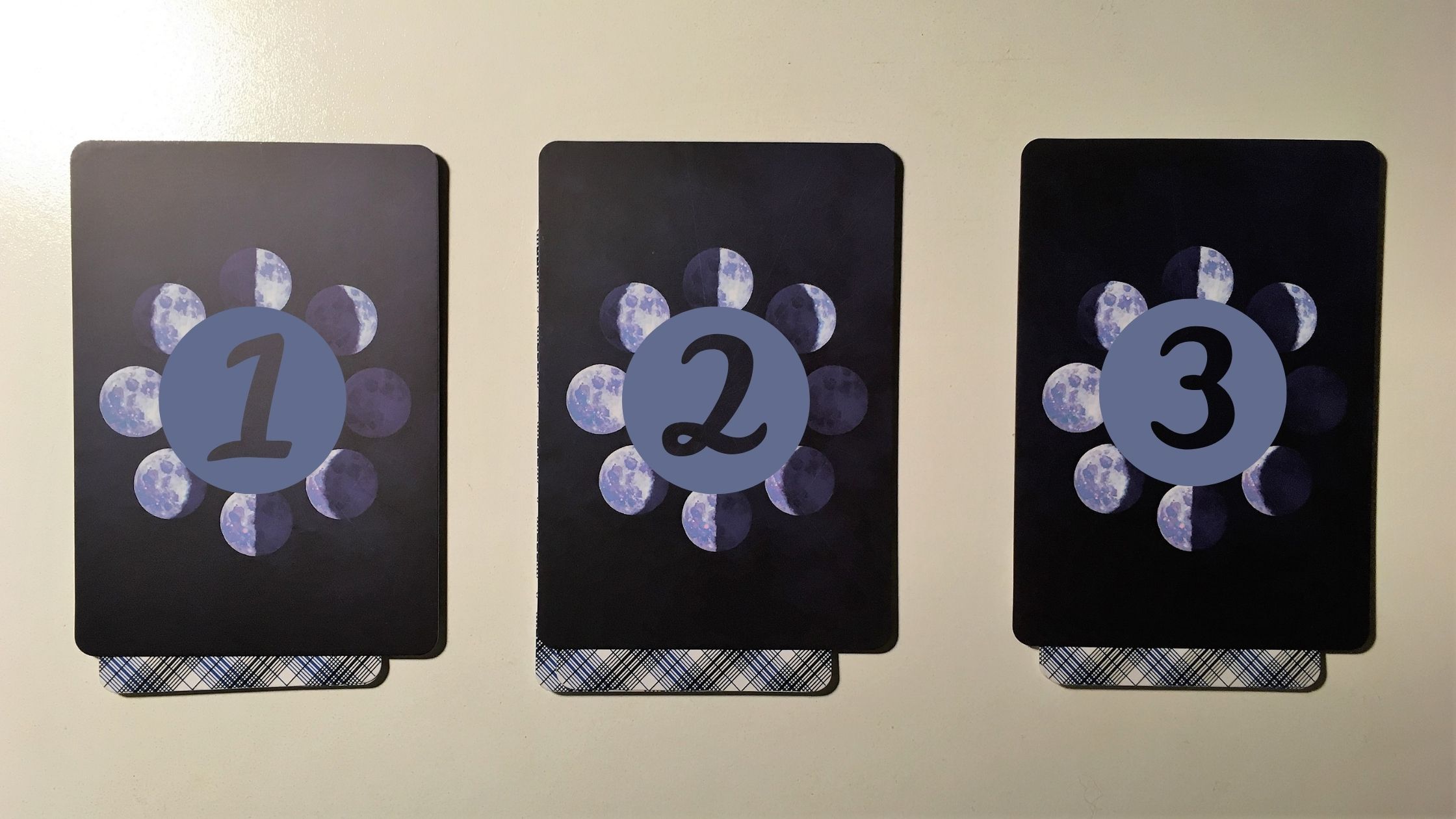Are Tarot Apps Truly Accurate?
If you’re new to tarot, then you may wonder if digital tarot cards are real. Don’t you need a psychic or someone with a strong intuition to interpret the cards?
It depends. Tarot apps and online generators have serious flaws that make them inferior to physical tarot cards, but you can still make use of these tools in some circumstances.
Here’s what you need to know.
Why People Doubt the Accuracy of Digital Tarot
Most tarot readers, beginners or advanced, aren’t enthusiastic about tarot apps and online generators. They don’t see a strong spiritual connection between the program and the person receiving the reading.
This makes a lot of sense. Although personal methods vary, traditional tarot readers will channel their energy while they shuffle and spread the cards. If they’re giving a reading for someone else, that person will usually interact with them or the deck in some way too.
Tarot apps and online generators don’t have this same interaction of spiritual and physical energy. The effect normally present in traditional tarot readings is naturally absent in digital tarot.
It requires someone with a powerful intuition or a good relationship with technology to bridge that spiritual gap.
But there’s another problem that you may not have considered: the lack of true randomization.
The Problem of Computer-Generated Randomization
When tarot cards are physically shuffled, it creates a randomized order. Although shuffling can be done incorrectly, most tarot readers have shuffled their decks enough times to negate this problem or they use “jumpers” to make their selections.
But tarot apps and online generators are different. Computers are, by their nature, “deterministic.” This means they follow a set of instructions. It’s impossible to program a random number within a machine unless you input data from the real world based on random events, like a keyboard click or the movement of a mouse.
This is a bit tricky to code, so most programmers rely on a “seed” to create a pseudo-random number. A seed is a piece of data, usually derived from the time of day, which then generates a new set of “random numbers” that the tarot app or online generator works with.
While this may sound random, it’s not – if you know what the seed is and the program, you can map out all possibilities.
Pseudo-random numbers are very believable. It’s unlikely you could tell the difference and could easily be misled by a digital tarot program into believing it’s random.
But it probably isn’t.
That said, I don’t think you should discount digital tarot entirely.
Reasons You Should Use Digital Tarot Cards
Tarot apps and online generators aren’t the best way to do tarot if you want an accurate reading. However, I do believe it’s a good idea in the following circumstances:
1. You feel your intuition pulling you towards digital tarot.
Your spirit guides will direct you to any spiritual tools that they believe can help you. Even though most tarot apps and online generators are unlikely to be truly random, the message you receive may still be what’s intended for you at the moment.
2. You’re still learning tarot.
It’s not easy to learn tarot because of all the individual card meanings. Most tarot apps and online generators provide these meanings alongside the cards which can help you learn them faster. In addition, some also have a save function so you can look up spreads later. Some apps will even allow you to input physical spreads you did into a diary too.
3. You don’t have access to a physical tarot deck.
Maybe you’re temporarily away from your cards, but still need to use tarot. Or perhaps you can’t afford a physical deck. You might even be in a situation where you could be judged or oppressed by others. Sometimes the most convenient, affordable, and safest option is digital tarot.
Using Your Intuition Effectively
Randomization isn’t the only problem with tarot apps and online generators. While they can be useful spiritual tools in some circumstances, they aren’t really for absolute beginners – not if you want an accurate reading, anyway.
Experienced tarot readers look at the cards holistically. They know all the meanings and can connect the dots to provide a more intuitive interpretation using the bigger picture.
However, digital tarot tends to promote reading the cards in isolation. You’re inadvertently encouraged to reach the meanings of the cards and apply them to a single placement. It takes a strong intuition or practice to relate the cards to each other.
Digital tarot also relies on cookie-cutter spreads and your options are often limited to just a handful. This means you won’t be creative in designing spreads and may not have the best choice for a particular reading.
Getting around the cookie-cutter spreads usually isn’t an option, but you can learn how to read the cards intuitively. Try copying down the name and summarized meanings of the cards onto a piece of paper or in a word document. Then respond to each card like a journal entry.
This will force you to think thematically and link cards because you’ll think of them differently in a new context.
Final Thoughts
Should you use tarot apps and online generators? It’s up to you. Because it’s difficult to determine whether the digital tarot program is truly randomized or not, I wouldn’t consider them a necessity for every reader. Physical cards are just better.
However, if you’re learning the meanings of the cards or you don’t have access to a physical deck, then you’ll find that a tarot app or an online generator can be a valuable tool. Make sure you experiment with a few options to find what you like best, as they all have different card designs and features.
Tarot is an amazing tool to learn more about yourself and the universe. Be open to digital tarot, but recognize that it isn’t a replacement for real cards.






